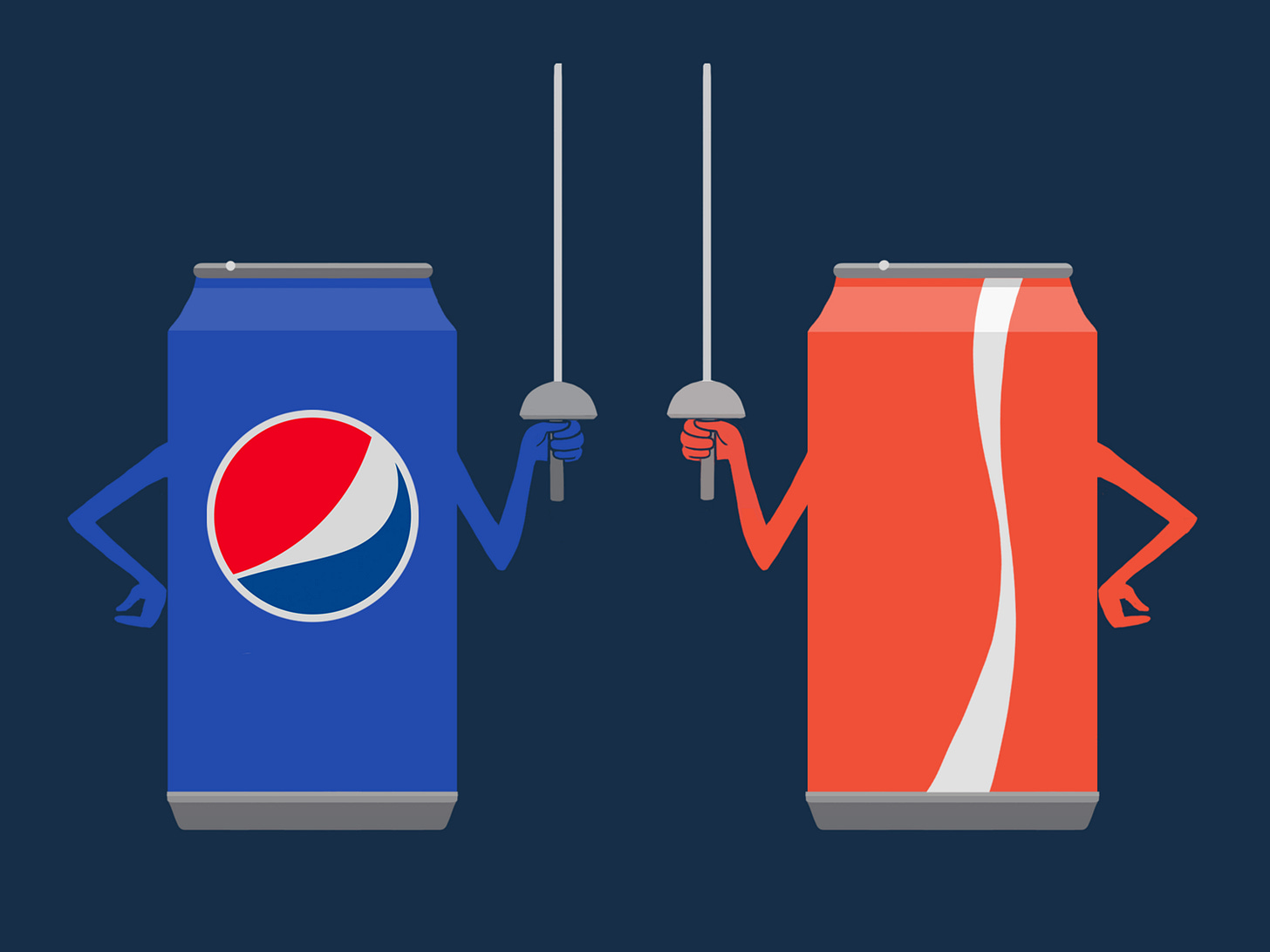I took my family to a new pizza place the other day.
It looks decent enough on the outside—clean setup, big sign, bright colors, and a line of fresh toppings waiting to be used. One of those “build-your-own” spots where your pizza flies through a blazing oven and comes out ready to devour.
Then I looked at the menu.
Along with pizza, they were also serving sandwiches, wraps, salads, hot dogs…and I’m pretty sure I saw a burger shoved into the corner.
The second I saw it, I knew this place was dead. I give them two months.
Because that’s what happens when you ignore the law of sacrifice. The more you pile on, the faster you sink. Customers can’t figure out who you are. Employees can’t figure out what to prioritize. And before long, the predictable happens—your money bleeds out, and the last thing you buy is the paper to print off “closed for good” signs you slap on the windows.
The law says if you want to win, you give something up.
You can’t keep adding. You can’t keep expanding your menu of offers. You’ve got to make it sharper, narrower, more obvious.
FedEx isn’t “the shipping company.” They’re the overnight company.
Domino’s isn’t “the food delivery company.” They’re the pizza place.
In-N-Out isn’t the drive-thru that does everything. They’re burgers, fries, and shakes. Period. That’s it. And that’s why they win.
Part 1 of the law is what you offer, and Part 2 is who you offer it to.
Coca-Cola dominated the 50s. Pepsi could have tried to be the New Coke and died. Instead, they made a hard call and sacrificed everything but one group—teenagers. Out of that came “The Pepsi Generation,” and in a single generation, Coke lost their untouchable lead.
And when the law of sacrifice is challenged, you witness some of the largest fallouts in marketing history.
Budweiser lost sight of the law of sacrifice a couple of years ago. Jaguar lost sight of the law of sacrifice last year. Cracker Barrel lost sight of the law of sacrifice last week. Every one of them forgot who they were selling to. They started trying to play the “every person” game, and in doing so, they lost their people.
That’s the thing about marketing: you’re not trying to sell to everybody. You’re trying to sell to your people. And the moment you start reaching for the crowd instead of your core, you’re building your house on sand.
And then there’s the third sacrifice. The one most founders absolutely hate. Part 3 is that you have to give up your freedom to constantly change.
If you try to follow every twist and turn of the market, you’re bound to wind up off the road. One quarter you’re chasing this trend. The next quarter you’re pivoting again. New positioning, new “must-have” feature, new product line. It looks like innovation, but most of the time it’s just panic.
The best brands don’t flinch. They don’t chase shiny things. They hold their ground. White Castle has been selling the same tiny frozen sliders for sixty years. No rebrand. No “limited-time sushi roll.” Just sliders in a crinkled white bag. And while countless “innovators” have come and gone, they’re still standing.
That doesn’t mean you never innovate. It means you innovate with conviction, not insecurity. Steve Jobs said it best: “A lot of times, people don’t know what they want until you show it to them.”
That’s the counterweight to chasing feedback. True innovation isn’t just asking customers what they want and handing it to them. It’s looking forward and seeing the problem before it’s fully formed. Creating something that exceeds expectations and solves pain points people don’t even have the language for yet.
That’s vision.
And whenever you find that balance—consistency without panic, innovation without flailing—that’s when your company, your book, your platform actually wins.
Growth doesn’t come from piling on more. It comes from knowing what you’re not. From having the discipline to say no—even when you could say yes.
Good things come to those who sacrifice.
MY BEST FINDS
I scoured the internet, and here are the best things I could find this week. If you find something worth sharing with the rest of the Lab, reply to this email!
🧙♂️ Story
The perfect story told in 10 seconds (and what makes it great) (LinkedIn)
6 StoryBrand secrets for non-profits (LinkedIn)
7 mistakes most companies are making in their email marketing (LinkedIn)
A simple email engine can run a 7-figure coaching program (LinkedIn)
💡 Marketing
A visual lesson on what branding looks like (LinkedIn)
A shoes worn by supermodels in London and dads in Ohio (LinkedIn)
👀 ICYMI
The Fourteenth Rule in writing and how you should use it (Christian Story Lab)
The confidence I need in life (LinkedIn)
~
Keep writing what matters,
— Payton
P.S. If you built something, but are now wearing every hat and still writing your own emails—that’s called digital babysitting. Let my team ghost your content so you can keep building your business —> VeryGoodGhost(writing) Agency




